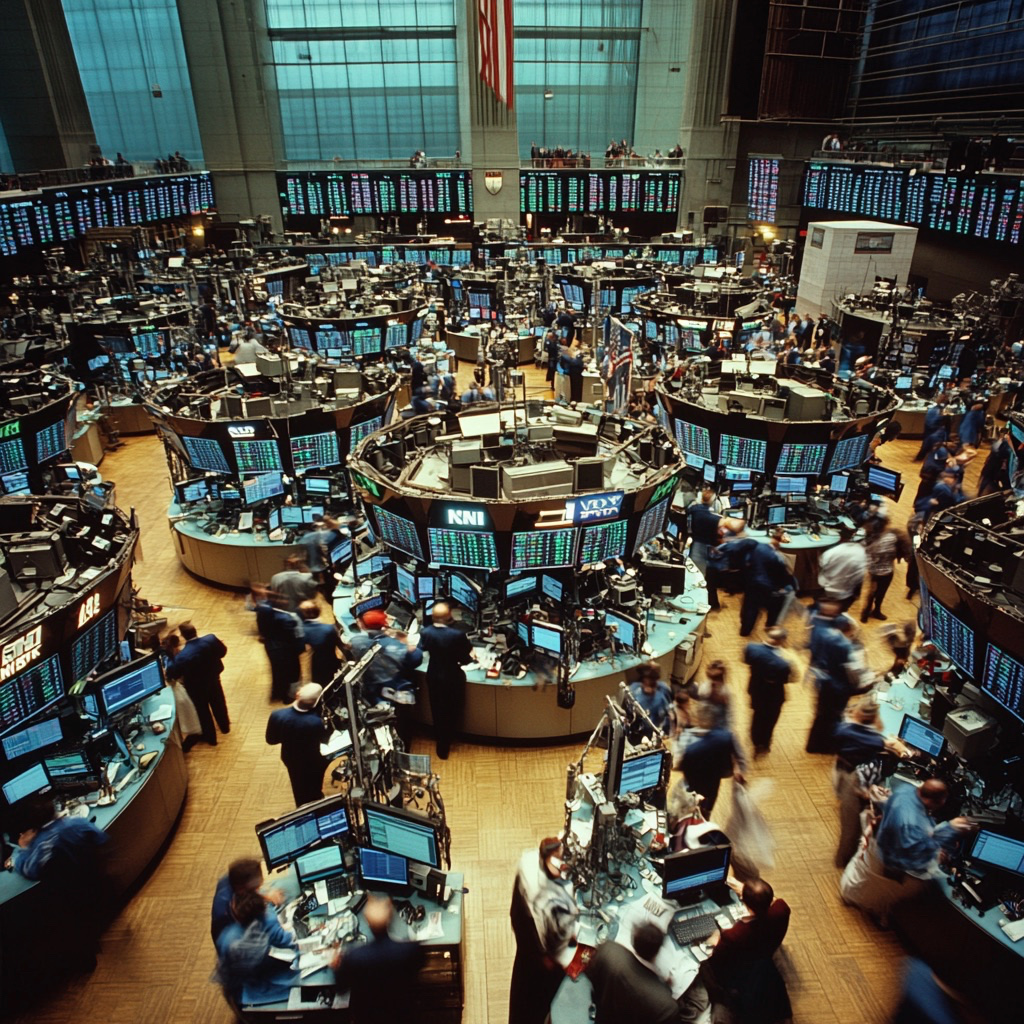The American stock market, long a global hub for capital investment and innovation, is undergoing significant transformation. As we venture deeper into the 21st century, the dynamics of investing are being reshaped by technological advancements, macroeconomic shifts, and evolving investor preferences. Here’s a look at the key trends that will likely define the future of investing in the U.S. stock market.
1. The Rise of AI and Algorithmic Trading
The integration of artificial intelligence (AI) and machine learning into financial markets has revolutionized the way stocks are analyzed and traded. Algorithmic trading, driven by AI, accounts for a substantial portion of market volume, enabling faster and more efficient trades. In the future, retail investors may increasingly rely on AI-powered tools to identify opportunities, optimize portfolios, and predict market trends with greater accuracy.
However, this shift may also widen the gap between retail and institutional investors, as larger firms with more resources gain a competitive edge in leveraging advanced technologies. Regulation will play a crucial role in ensuring a level playing field.
2. ESG Investing and Sustainability
Environmental, Social, and Governance (ESG) investing has gained traction in recent years, reflecting a societal shift towards sustainability and corporate responsibility. Younger generations, particularly millennials and Gen Z, are driving demand for investments that align with their values.
The future will likely see more companies prioritizing ESG metrics to attract capital. Regulatory frameworks are also expected to evolve, ensuring greater transparency and standardization in ESG reporting. For investors, this means new opportunities in sectors such as renewable energy, electric vehicles, and sustainable technologies.
3. Democratization of Investing
The rise of platforms like Robinhood and Acorns has democratized access to the stock market, allowing individuals to invest with smaller amounts of capital. Fractional shares, commission-free trading, and educational resources have empowered a new generation of investors.
Looking ahead, the trend toward democratization is likely to continue, with more innovations designed to make investing accessible to all. This could include blockchain-based platforms that enable seamless trading or decentralized finance (DeFi) systems that remove intermediaries altogether.

4. Increased Volatility and Market Resilience
Geopolitical tensions, climate change, and rapid technological disruptions are contributing to market volatility. While short-term fluctuations may cause anxiety for investors, the U.S. stock market has historically demonstrated resilience over the long term.
To navigate this environment, investors will need to adopt more sophisticated risk management strategies. Diversification across asset classes, sectors, and geographies will remain critical. Additionally, the growing popularity of hedging tools and alternative investments, such as real estate and private equity, may offer new ways to mitigate risk.
5. The Role of Regulatory Oversight
As technology and market structures evolve, so too will regulatory frameworks. The Securities and Exchange Commission (SEC) and other regulatory bodies are increasingly focused on issues such as market transparency, cybersecurity, and the ethical use of AI in trading.
Future regulatory developments may also address concerns around cryptocurrency markets, which have become an integral part of modern investing. Clearer guidelines could foster greater confidence among traditional investors, paving the way for broader adoption.
6. The Influence of Globalization and Decoupling
The U.S. market remains a cornerstone of the global economy, attracting international investors seeking stability and growth. However, the trend of economic decoupling, particularly between the U.S. and China, could reshape global investment flows.
Investors may need to adapt to a world where geopolitical alliances influence market dynamics. For example, sectors such as semiconductors, defense, and green energy are likely to see increased government support and investment as nations prioritize strategic independence.
7. Personalization and Fintech Advancements
The convergence of fintech and big data is enabling hyper-personalized investment strategies. Robo-advisors and AI-driven platforms now offer tailored portfolios based on an individual’s financial goals, risk tolerance, and values.
In the future, we may see even greater customization, with investors able to build portfolios that reflect their unique preferences, such as avoiding specific industries or focusing on niche sectors. The combination of fintech innovation and growing investor sophistication will redefine the traditional advisory model.
Conclusion
The future of investing in the American stock market is both exciting and challenging. While technological advancements and shifting societal values present new opportunities, investors must also contend with heightened volatility and evolving risks.
For long-term success, staying informed, embracing innovation, and maintaining a disciplined approach will be essential. As the market continues to evolve, those who adapt to its changing landscape will be best positioned to thrive in the decades ahead.

